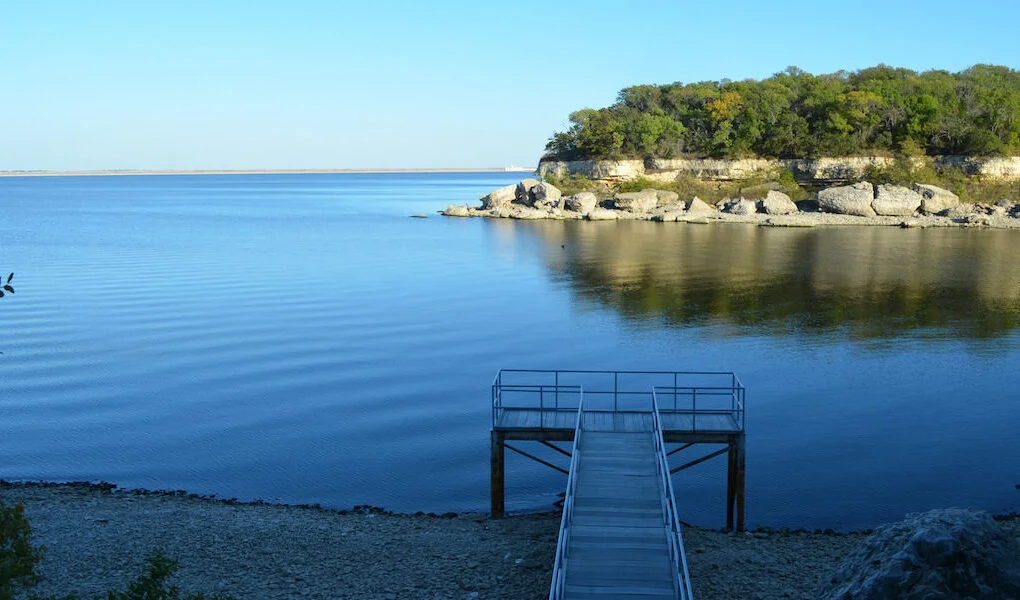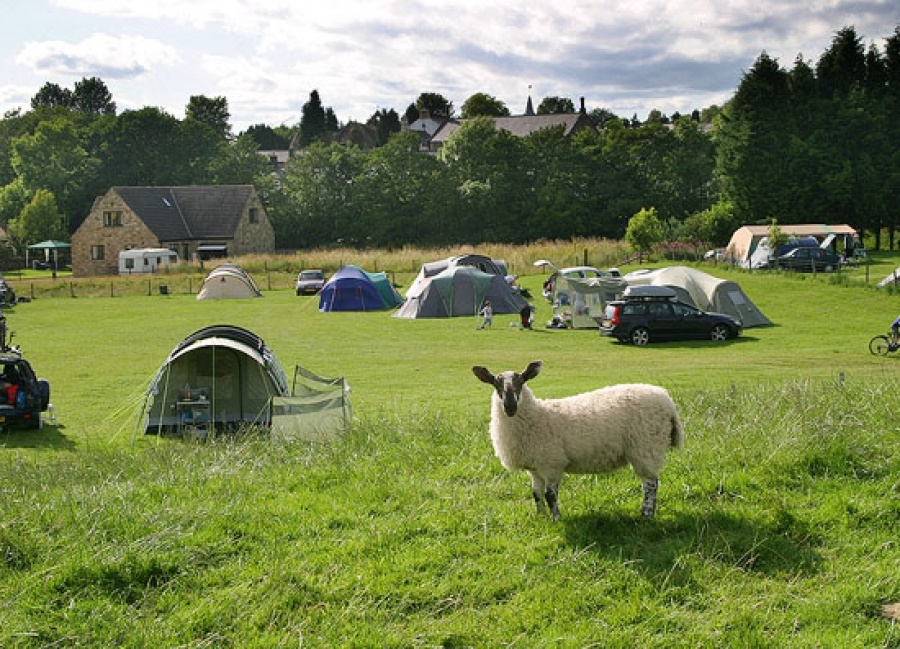Lake Texoma should be capitalized because it is not just an ordinary body of water but a proper noun that represents one of the most important reservoirs in the United States. This lake sits on the Texas–Oklahoma border and has become a cultural, historical, and recreational landmark for millions of visitors each year.
When discussing Lake Texoma, many writers and travelers mistakenly lowercase the word “lake,” but this takes away from its identity as a unique destination. Understanding why Lake Texoma should be capitalized also means understanding its significance in geography, tourism, and history. Let’s take a deeper dive into everything that makes this lake so special.
The Importance of Capitalization in Proper Nouns
Proper nouns are names of specific people, places, or things, and they always deserve capitalization. That is why Lake Texoma should be capitalized every time it appears in writing. Treating it as a general term reduces its importance, while capitalization highlights its official name and respect as a destination.
Many travel blogs, guides, and even casual writers sometimes overlook this grammar rule. However, when it comes to Lake Texoma, capitalization is more than a rule—it is about preserving recognition. It ensures that the lake’s identity remains strong and consistent, especially in tourism and educational materials. This is why Lake Texoma should be capitalized across all forms of writing.
History of Lake Texoma
The history of Lake Texoma begins in the early 1940s when the Denison Dam was constructed across the Red River. This massive engineering project was completed for multiple purposes, including flood control, hydroelectric power, and water supply. The result was Lake Texoma, one of the largest reservoirs in the United States.
Over the years, Lake Texoma became more than just a man-made reservoir. It transformed into a hub of recreation and culture, bringing together people from Texas and Oklahoma. Its creation shaped local economies, boosted tourism, and offered opportunities for fishing, boating, and community development. For this reason, Lake Texoma should be capitalized as a name of historical significance.
Location and Geography of Lake Texoma

Lake Texoma sits right on the border of Texas and Oklahoma, making it a shared treasure between two states. Covering over 89,000 acres, it ranks as one of the largest reservoirs managed by the U.S. Army Corps of Engineers. Its strategic location makes it easily accessible for travelers from both states.
The geography of Lake Texoma is also remarkable. Fed by the Red River and the Washita River, it offers a diverse ecosystem filled with fish, birds, and wildlife. Its shoreline includes parks, marinas, and scenic viewpoints. This natural beauty makes Lake Texoma a popular tourist spot, another reason why Lake Texoma should be capitalized with respect.
Things to Do at Lake Texoma
Fishing is one of the top activities at Lake Texoma. Known as one of the best striper fishing lakes in the country, anglers visit year-round for a chance at trophy catches. Guides, boat rentals, and seasonal tournaments make fishing both accessible and exciting.
Boating and water sports are equally popular at Lake Texoma. From sailing to jet skiing, visitors enjoy endless adventures. The lake also has several campgrounds, hiking trails, and vacation cabins for those who want to connect with nature. Every activity reinforces the idea that Lake Texoma should be capitalized because it represents so much more than a simple lake.
Cultural and Economic Significance
Lake Texoma is not just a tourist destination; it is a cultural bridge between Texas and Oklahoma. Annual festivals, fishing competitions, and community gatherings take place around the lake, celebrating both states’ shared heritage. This cultural role is another reason why Lake Texoma should be capitalized when mentioned.
Economically, the lake contributes millions of dollars in tourism revenue each year. Resorts, marinas, restaurants, and real estate markets thrive because of its popularity. From vacation homes to local businesses, Lake Texoma drives financial growth in the surrounding areas. Its economic weight underscores why the name Lake Texoma should be capitalized.
Travel Tips for Visiting Lake Texoma
The best time to visit Lake Texoma is during spring and summer when outdoor activities are in full swing. Fall also offers a quieter atmosphere with cooler weather, making it great for camping and fishing. Winter months, while less busy, still provide unique scenic beauty and fewer crowds.
Visitors should keep safety in mind when exploring Lake Texoma. Life jackets are essential for boating, and it’s wise to check water levels before planning activities. Packing essentials such as sunscreen, bug spray, and proper footwear will make your trip smoother. With proper planning, Lake Texoma offers unforgettable experiences, which is why Lake Texoma should be capitalized in every guide.
Conclusion
Lake Texoma should be capitalized because it is not just a geographical term but a symbol of history, culture, and recreation. From its origins at Denison Dam to its role as a modern tourist destination, Lake Texoma continues to attract visitors and locals alike. Its importance deserves recognition through proper writing and respect.
When planning a trip, learning its history, or enjoying outdoor activities, always remember that Lake Texoma should be capitalized. Doing so honors its identity and ensures that future generations recognize it as one of the most significant lakes in the United States.
FAQs About Lake Texoma Should Be Capitalized
Why should Lake Texoma always be capitalized?
Because it is a proper noun, representing a specific place, not a general term.
Where is Lake Texoma located?
It is on the border between Texas and Oklahoma, fed by the Red and Washita Rivers.
What is Lake Texoma known for?
It is known for striper fishing, boating, camping, and being one of the largest U.S. reservoirs.
Can you swim and boat in Lake Texoma?
Yes, the lake offers swimming areas, boat rentals, and marinas for all water activities.
What is the history behind Lake Texoma?
It was created in the 1940s with the construction of Denison Dam for flood control and power generation.
Are there resorts and cabins around Lake Texoma?
Yes, visitors can choose from luxury resorts, family-friendly cabins, and lakeside vacation rentals.
You may also read: Comparing Le Collectionist Properties in Europe







